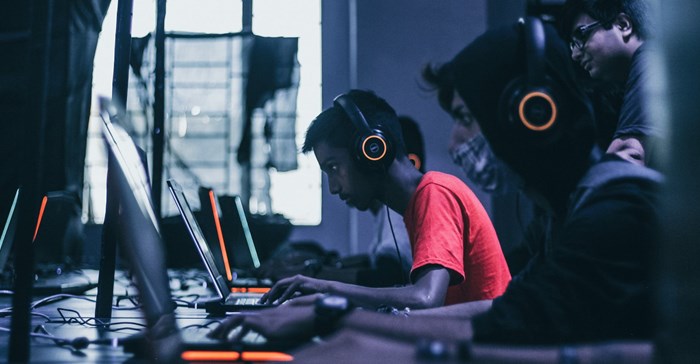At this point you've heard about gaming and it's big - very big.
Some estimates say bigger than music and movies combined. Setting context, the extremely talented actor, Andy Serkis, sums it up: “Every age has its storytelling form, and video gaming is a huge part of our culture. People are enthralled with video games in the same way as other people love the cinema or theatre.”
Gaming is becoming mainstream and not only in entertainment - one can even buy shares in Roblox, Activision and Global X stocks on Easy Equities right now.
The thing about this not-so-nascent channel is that it’s already here, it’s growing and to many extents, most brands are playing catch up. According to Statista, South Africans spend roughly ten hours a week gaming and Newzoo estimates that we have 24 million people that play some form of video game.
However, the most eyewatering number is the $314 million that GWI estimates to be the revenue generated by the industry last year. It’s time to consider gaming in your brand’s communication arsenal if you haven’t already. Regardless of the ultimate route you take, any thinking on your brand’s future and its consumers’ behaviours should have gaming as a consideration. To help with this thinking, here are four things to consider to get your brand in the game:
Relevance is not homogenous
Being relevant is the core of what we do every day in creative systems. And we know that relevance is not something that can be broadly applied or smoothly replicated. This means that there’s no such thing as the “quintessential gamer” profile. There’s no one size to fit all.
Rather than complicating, this makes it simpler. We view it similarly to how there is no “music lover”, there are rock fans, amapiano stans, Spotify loyalists and Soundcloud rappers; gaming is no different.
A gamer is anyone that plays a video game. Any game, anywhere, anytime can make you agamer. Whether it’s about crushing candy, surviving in
a futuristic open world overrun by machines or concerts in a battle royale tournament; there’s something for everyone in gaming. This means that there’s something for every brand.
Being able to discern which audience and community your brand is most relevant to in the gaming world is paramount. Identify who your gamers are, what they want and where exactly your brand plays a meaningful and value-adding role. That way, it’s a simple fit in this complicated world.
Choose the right brand fit
Identifying who your audience is and what is relevant to them is the starting point. But you ultimately have to choose what section of the gaming universe you want to occupy. Most times, your audience will lead you there and you just have to follow the signs. But sometimes it’s not that easy. As more brands are getting in on this, it does have a wild west feel if you’re not careful (by the way there’s a game for that too).
Brand safety is the most important initial element to consider. This covers everything from violence, children watching your content, streamer or influencer suitability and so on.
Setting up brand safety assessments, risk protocols and conducting deep dive analyses on what you intend on using enables you to always be in control of your brand and how it shows up.
Go beyond the buy
We already defined who gamers are (everyone) and where they are (everywhere). Being relevant to them requires us to do what in creative systems we term “beyond the buy”. It’s about considering the entire ecosystem that our brands and audiences occupy and finding the best fit for them.
Gamers exist independently from their phones, PCs and consoles. They go to events (think ComicCon and at the same time don’t just think ComicCon), they eat food (think Red Bull and Debonairs Pizza with local eSports) and they are willing to transact online (think about digital currencies).
Building a brand presence with gamers doesn’t mean rewriting your plans but rather incorporating gaming, it’s complexities and communities into what you already have. Essentially, it’s just another channel with just another set of audiences. But that’s exactly why treating it with the reverence, creativity and positivity that it deserves will get the best returns for your brand.
Have fun! (But not on your terms)
Everyone can spot it when brands are trying too hard to be cool. People can tell when something is an advert, a sales pitch, or a waste of time. Many times, brands come onto new channels and behave like brands on there. No one invited them, no one wants them and they make it awkward for everyone. Don’t be that brand.
Be the brand that has fun according to what is deemed fun by your community. Don’t interrupt. Add. Don’t make it harder – they have the boss-level fight for that. Being a brand that seamlessly fits into their gaming experience and doesn’t always put your brand front and center makes it more natural.
The opportunities and possibilities in gaming are immense. Brands willing to understand, be led, and see the bigger picture at play can drive relevance and accelerate growth. Ultimately doing the same thing gamers want – to reach a higher level.





















